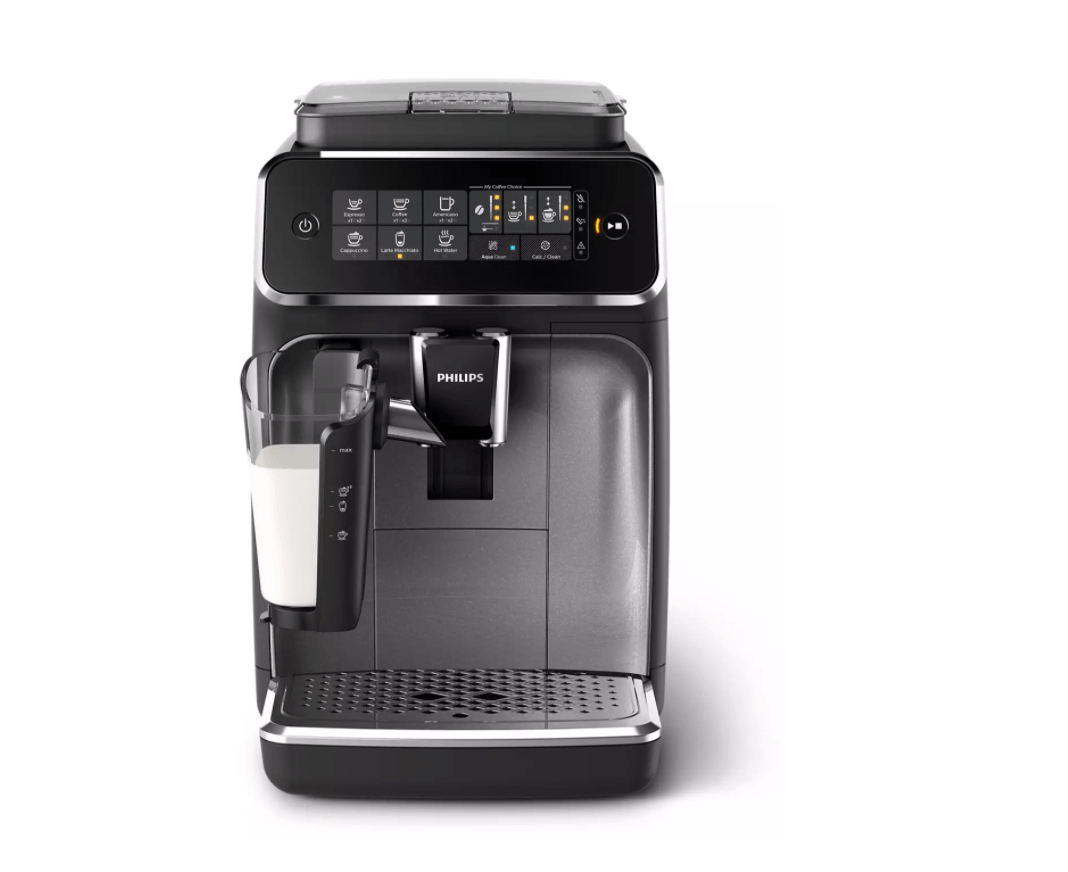
Philips 3200 easily wins this round because, even though both devices dose and tamp automatically, Saeco Xelsis takes a much longer time to dose and tamp.

But, if you keep the grinder from suffering external impacts, you can get delicious espressos for years. What you need to keep in mind is that ceramic is more fragile than steel. Nowadays, most espresso makers use ceramic for their grinders. With ceramic grinders, the quality of the beans remains unchanged.

Material-wise, ceramic is a wonderful pick for a coffee grinder since it doesn’t heat the coffee beans or coffee ground too much, affecting espressos’ taste. However, I wouldn’t say that the “flat” design is an ideal grinder shape since the shape is more prone to jams and leftovers, resulting in breakage or hectic cleaning sessions. I’m satisfied with the overall operation so far. The ground results are even, and the operation is silent. With Saeco Xelsis, the grinder has been working equally smoothly. In the long run, ceramic and conical is a wonderful combination of designs since it avoids jams and leftover coffee ground in the grinder. The results have been smooth and even, and I don’t see much leftover in the grinder either. With Philips 3200, I get a very stable and quiet grinder with 12 settings for various ground textures. Philips 3200 is equipped with a ceramic conical burr grinder, while Saeco Xelsis comes with a flat ceramic burr grinder.

Let’s get to know Philips 3200 and Saeco Xelsis’ grinders first. I will tell you how these espresso makers have worked for me during the 2 months of testing. Philips 3200 wins 3 – 1 against Saeco Xelsis, all thanks to its delicious espresso, stable and quiet grinder, elaborate cleaning cycles, among other features that I find very attractive for an espresso machine in such a good price range.
PHILIPS 3200 UPDATE
Last update on / Affiliate links / Images from Amazon Product Advertising API Saeco Xelsis vs Philips 3200: Differences


 0 kommentar(er)
0 kommentar(er)
